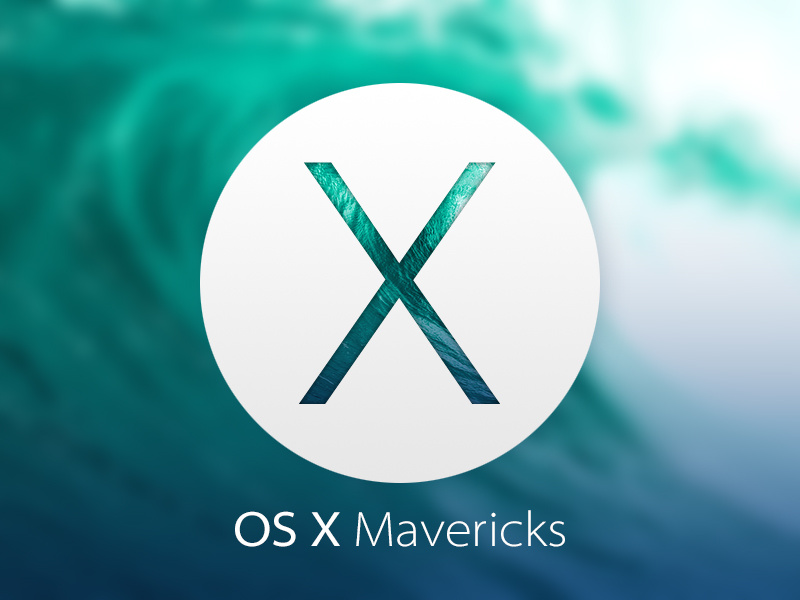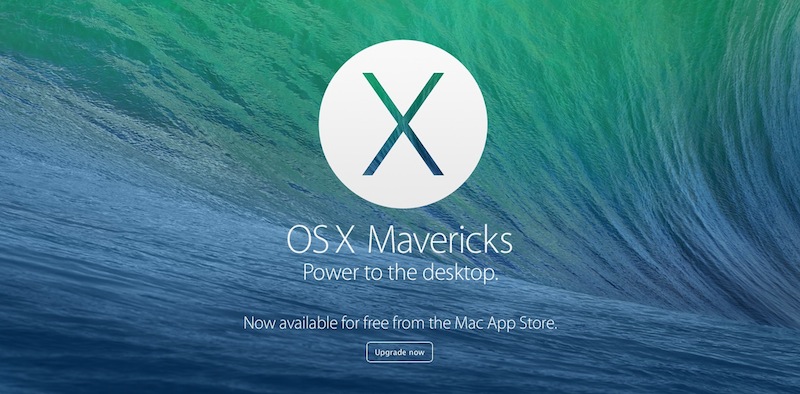

The marriage of iOS and OS X may be even closer than many of us have imagined. Instead, Cupertino has leveraged their ability to maintain healthy profits on desirable computers and app sales, a tactic which is clearly working. Going free is a way for Apple to sell even more hardware, and it's a policy that is bound to have Microsoft feeling a little vulnerable since they still primarily rely on licensing for their income. Mac OS X is a tailored experience for a relatively small set of computers. Linux users may be fast to point out that their operating systems have been free all along, but this is somewhat of a moot point. Apple has adopted this stance with iOS, delivering free updates to a healthy back-catalogue of devices since iOS existed and it would be difficult for the company to back-out of this policy without treading on toes now. The flip-side is that as a Mac owner, it's likely that the next few versions of OS X (and quite possibly its successor, whatever that may be) will also follow this model. The window that appears reveals the model (in bold, at the top) as well as the year of manufacture and your basic hardware specifications too.

If you've got an old Mac but you're not sure exactly how old it is, you can find out by clicking the Apple logo in the top-left corner of your screen, choosing About This Mac and in the window that appears More Info. Original MacBook (Late 2008 aluminum and early 2009 or newer).

If you've held off on paying for Mountain Lion, happy instead with Lion or even Snow Leopard, then you'll need a Mac that fits the following requirements: So, if you're running Mountain Lion you can go ahead and download the upgrade. As a general rule of thumb, all Macs that are compatible with its predecessor OS X 10.8 Mountain Lion can install the upgrade. Can I Run It?īefore jumping in and getting all excited about a free upgrade, it's useful to know that your Mac is compatible with OS X Mavericks. If you put off installing Mountain Lion then you'll be even more amazed, so let's take a look at the how and why regarding Apple's 10.9 announcement.


 0 kommentar(er)
0 kommentar(er)
